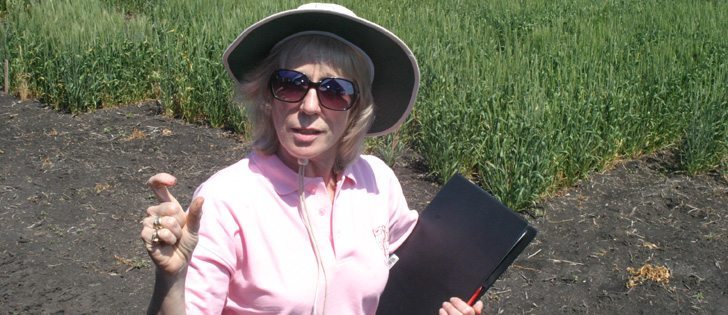PORTAGE LA PRAIRIE, Man. — Manitoba farmers are starting to worry as they see their only dedicated Agriculture Canada oat breeding program pushed out of Winnipeg.
Amid rumours of huge cuts to breeding program staff, oat growers wonder who will develop the varieties that will keep the crop a good option for farmers.
The crop is already being chased out of eastern Manitoba by options such as corn.
“This is major trauma to oats growers,” said Manitoba Oat Growers Association president Bill Wilton during MOGA’s summer meeting and crop research tour.
Read Also

Pakistan reopens its doors to Canadian canola
Pakistan reopens its doors to Canadian canola after a three-year hiatus.
Wilton said 30 percent of the people who work in Agriculture Canada’s breeding programs in Manitoba will likely be cut as contracts aren’t renewed in 2014.
That will make it difficult for famed oat developer Jennifer Mitchell Fetch’s program to keep producing new varieties that farmers can count on.
“The leading varieties grown in Western Canada have come out of Jennifer’s program,” said Wilton. “The success speaks for itself.”
Winnipeg’s Cereal Research Centre (CRC) on the University of Manitoba campus is being shut down and its permanent staff moved to Agriculture Canada research centres in Morden, Man., and Brandon.
For years, many in the Winnipeg-based grain and agriculture industries tried to get funding to establish a “centre of excellence” for the CRC, the Canadian International Grains Institute, the Canadian Grain Commission and the CWB, but never succeeded in getting the money guaranteed.
Closing the aged CRC building is part of the federal government’s 10 percent cutback of government expenses.
Oat breeding has only a handful of government breeders and private developers developing new varieties, unlike canola breeding, which has many well-financed private companies developing varieties, and wheat breeding, which still has many federal researchers working on new varieties.
That is a problem for the oat industry because most of the milling oat production in the United States has been lost as the corn-soybean rotation spreads across Minnesota and eastern North Dakota.
Now that southeastern Manitoba farmers can successfully grow corn and soybeans, much oat acreage has been lost. This year, Manitoba farmers will likely grow 565,000 acres of oats and 300,000 acres of corn. Fifteen years ago virtually no grain corn was grown in Manitoba. Soybean acreage has surged to a likely 875,000 acres in Manitoba this year, up from 575,000 last year.
Oats are grown across the Prairies in the northern Prairies, roughly following the path of the Yellowhead Highway.
That wide growing zone is one of the crop’s strengths, but also poses a challenge for farmers and variety developers. Because the crop is grown in many different regions, varieties popular in one area often do not work well in other areas.
At one time, Agriculture Canada wanted to move its eastern prairie oat breeding resources out of Winnipeg and west to Lacombe, Alta., but a consortium of farmers, oat processors and researchers managed to raise money to cost-share the eastern prairie research, and the program and breeders were allowed to remain in Manitoba.
















